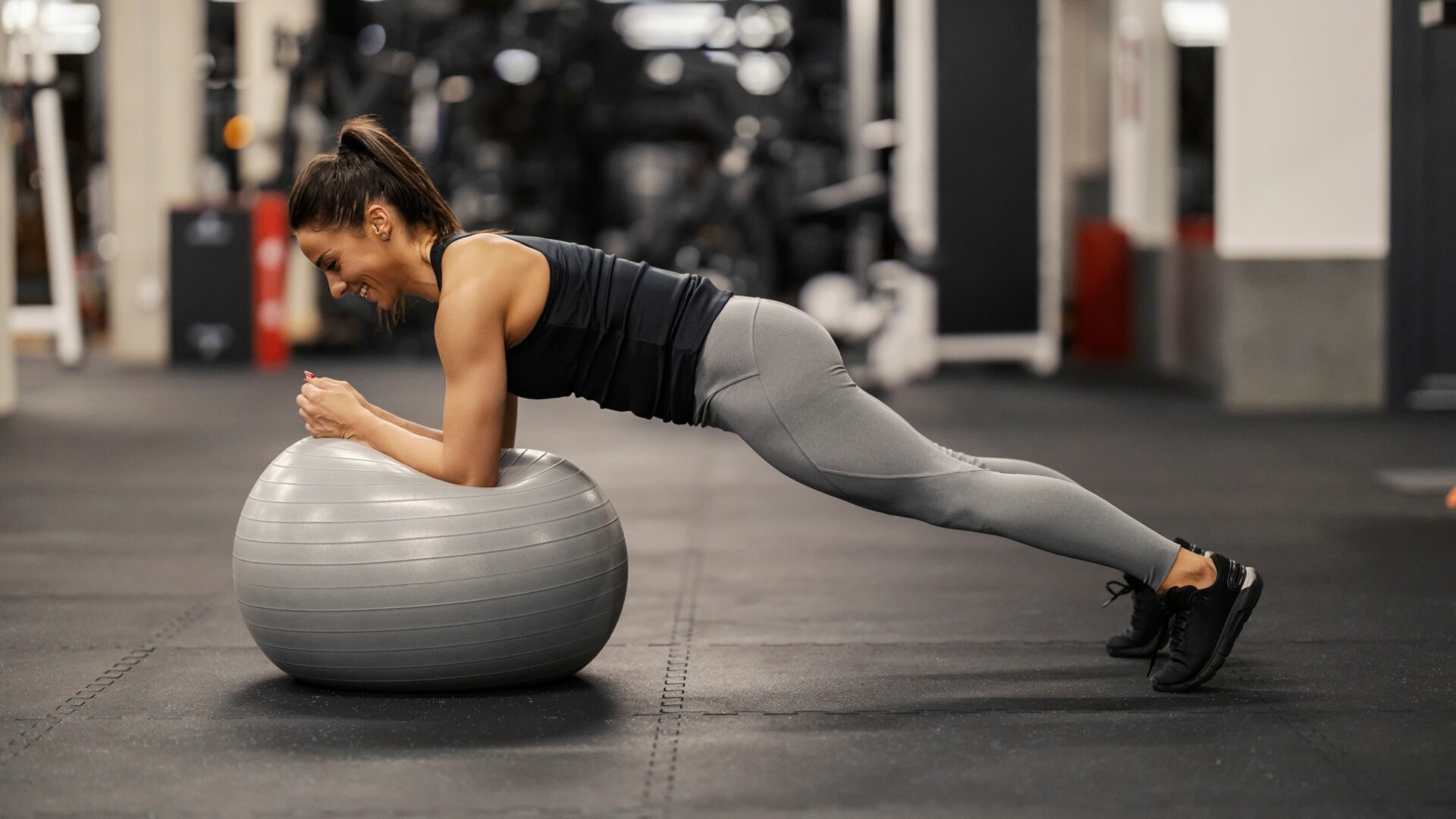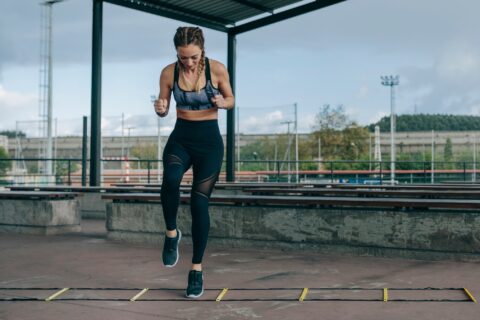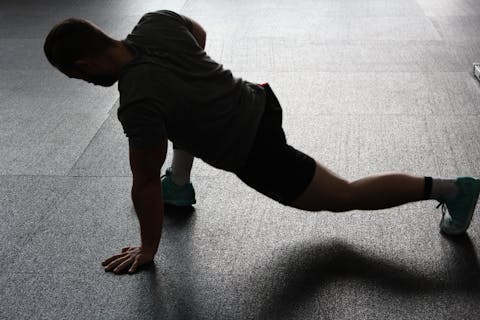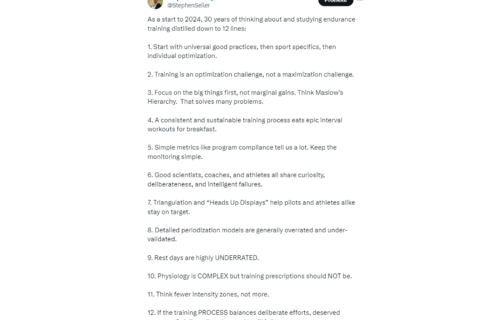In this multi-part series, Dr. Stacey Brickson details several tools built on a hierarchy of mobility, flexibility, stability, and strength, designed to make you a healthier cyclist.
In this multi-part series, Dr. Stacey Brickson details several tools built on a hierarchy of mobility, flexibility, stability, and strength, designed to make you a healthier cyclist.




